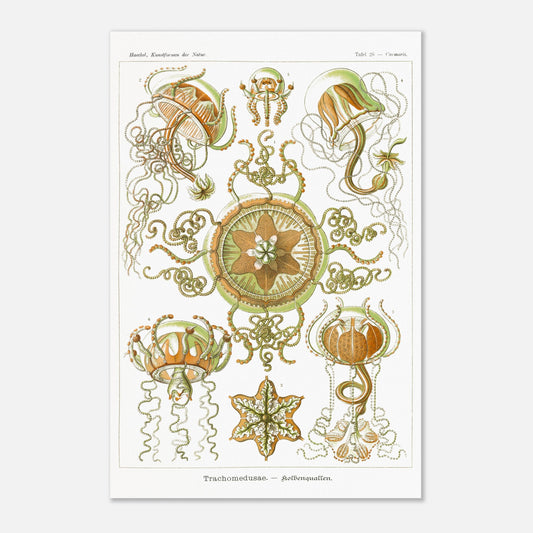Piston Jellyfish - Scientific Lithograph - Ernst Haeckel, Art Forms of Nature
Piston Jellyfish - Scientific Lithograph - Ernst Haeckel, Art Forms of Nature
Couldn't load pickup availability
Engraving reproduction of: Piston jellyfish
Original title Trachomedusae - Kolbenquallen
Camaris Poster - Cnidarians of the class Medusae or Craspedotes (Order Flower Jellyfish)
Illustration from the book Kunstformen der Natur, which is a collection of artistic lithographs of natural sciences published by the German biologist Ernst Haeckel between 1899 and 1904.
This naturalistic illustration is part of an overall style inspired by Ernst Haeckel, which greatly influenced the emerging Art Nouveau movement at the beginning of the 20th century. This work, illustrating the impressive beauty and great diversity of the biological world, was complemented by a certain amount of scientific information, some excerpts of which are reproduced below.
This information is over 120 years old and some of it may be outdated!
Scientific classification:
Cnidarian Phylum (Cnidaria) Class of Jellyfish - Craspedotae Order Trachymedusae (Trachomedusae) Family of Proboscis Jellyfish (Geryonidae)
Scientific notice (extract) accompanying the poster print of Trachomedusae - Piston jellyfish :
The club jellyfish (Trachomedusae) form a special order of the class Craspedotes or Hydromedusae, closely related to the order Spur jellyfish (Narcomedusae, Plate 16). Like the latter, they have characteristic auditory vesicles on the edge of their gelatinous bell, sometimes free, sometimes enclosed in auditory vesicles. The reproductive organs, however, are not located in the club jellyfish in the lower wall of the stomach (as in the spur jellyfish, Plate 16), but along the radial canals that run from the edge of the central gastric cavity on the underside of the umbrella to the edge of the gelatinous bell, where they are connected by a circular canal. Other feeding canals pass from this circular canal into the movable tentacles or prehensile filaments attached to the edge of the umbrella and armed with nematocysts. The proboscis jellyfish (Geryonidae), shown in this plate, form a particularly interesting family of the order of club jellyfish, characterized by the leaf-shaped gonads, the peculiar structure of the large auditory vesicles enclosed in the gelatin of the edge of the umbrella, and by the long oral stalk which hangs like a proboscis from the center of the underside of the umbrella. Below, at the end of this movable proboscis, is the small bell-shaped stomach, the mouth opening of which is divided into four or six very extensible foliaceous lips. Four or six canals of the peduncle run up the outer surface of the proboscis to the subumbrella (the concave underside of the umbrella) and here curve towards the edge of the umbrella, where they join in the circular canal. From the latter often extend blind "centripetal canals" towards the center (Figs. 1 and 2). Geryonidae have two different forms of tentacles attached to the edge of the umbrella. Four or six rigid, strong tentacles are curved upwards and armed with stinging pads on their outer surface. Regularly alternating with them are as many long, hollow, highly mobile tentacles, which usually hang down, are often entangled and surrounded by numerous stinging rings in a string. Proboscis jellyfish are very mobile and, despite their delicate and transparent body structure, formidable predators; Some species are among the largest Hydromedusae (with an umbrella diameter of 10 cm and more). Many species are colorless, glassy; others are delicately colored blue, green, or red. On our plate, the gelatinous body substance is colored greenish-blue, the canal system and nematocysts red. - The Geryonidae shown here all belong to the subfamily Carmarinidae, with a six-rayed body structure; the smaller subfamily Liriopidae has a four-rayed structure like most other jellyfish.
Species present on the naturalist plate of Piston Jellyfish - Camaris :
- Carmaris giltschi
- Carmarina hastata
- Geryones elephas
About this print
About this print
The layout and composition of this reproduction have been the subject of our greatest attention.
- Respect for the format of the original work: in order to faithfully transcribe the artist's intention, the work is not cropped/re-cut except in extreme cases (obvious imperfection, geometry problem, etc.) in which case the cropping will be as light as possible.
- The presence of white margins is sometimes necessary in order to present the work in a balanced manner.
- Each size offered has been specifically composed, therefore, the size of the white margins may vary from one print size to another. Remember to check this detail carefully!
- Print only, frame not included!
Features
Features
- Premium 200gsm matte white paper, durable and strong.
- Natural, smooth uncoated finish, silky to the touch
- FSC certified paper or equivalent certifications depending on regional availability.
- Each print is shipped in sturdy packaging, ensuring safe transport.
- Each print is printed and shipped on demand. No minimum order quantity is required.
Share !
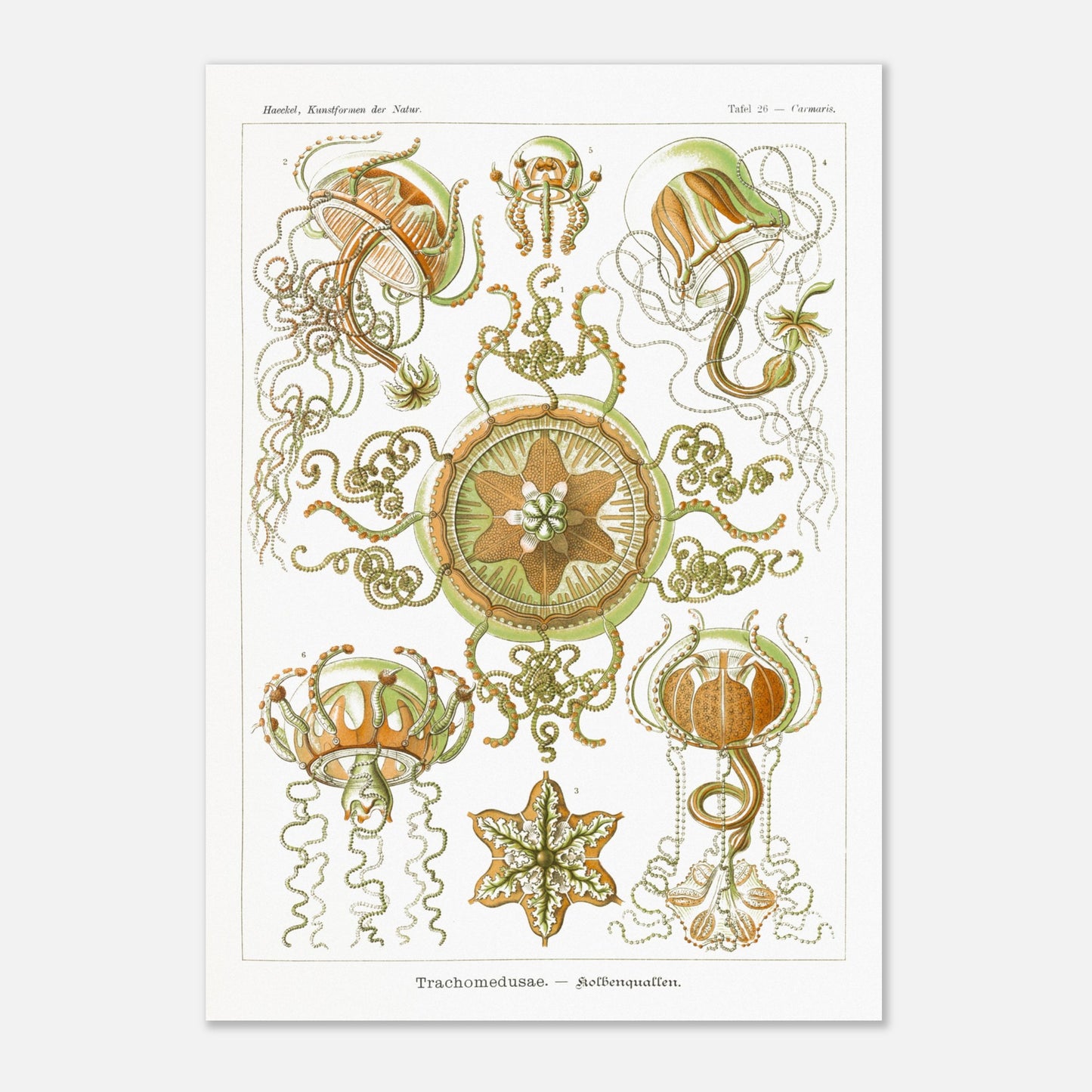
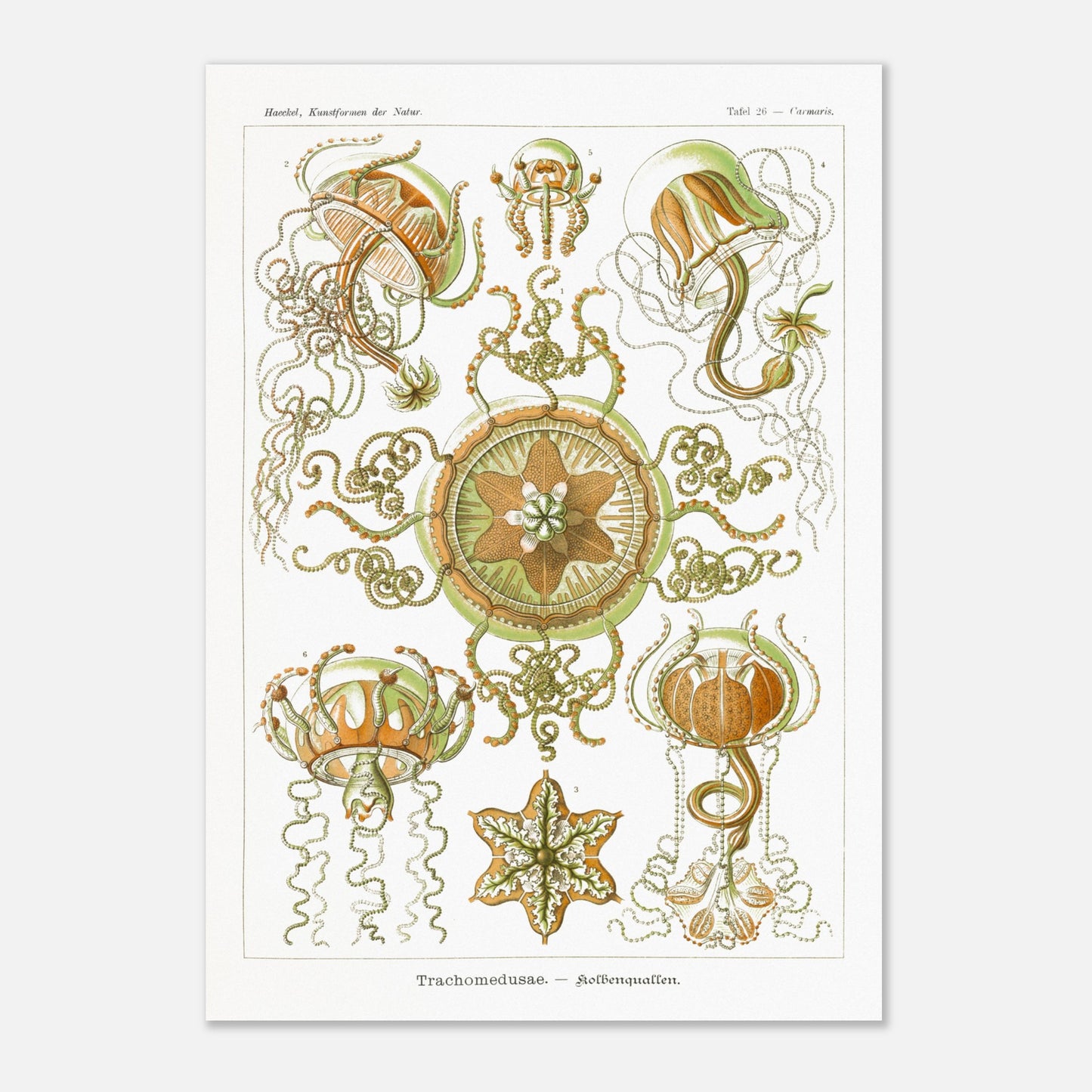
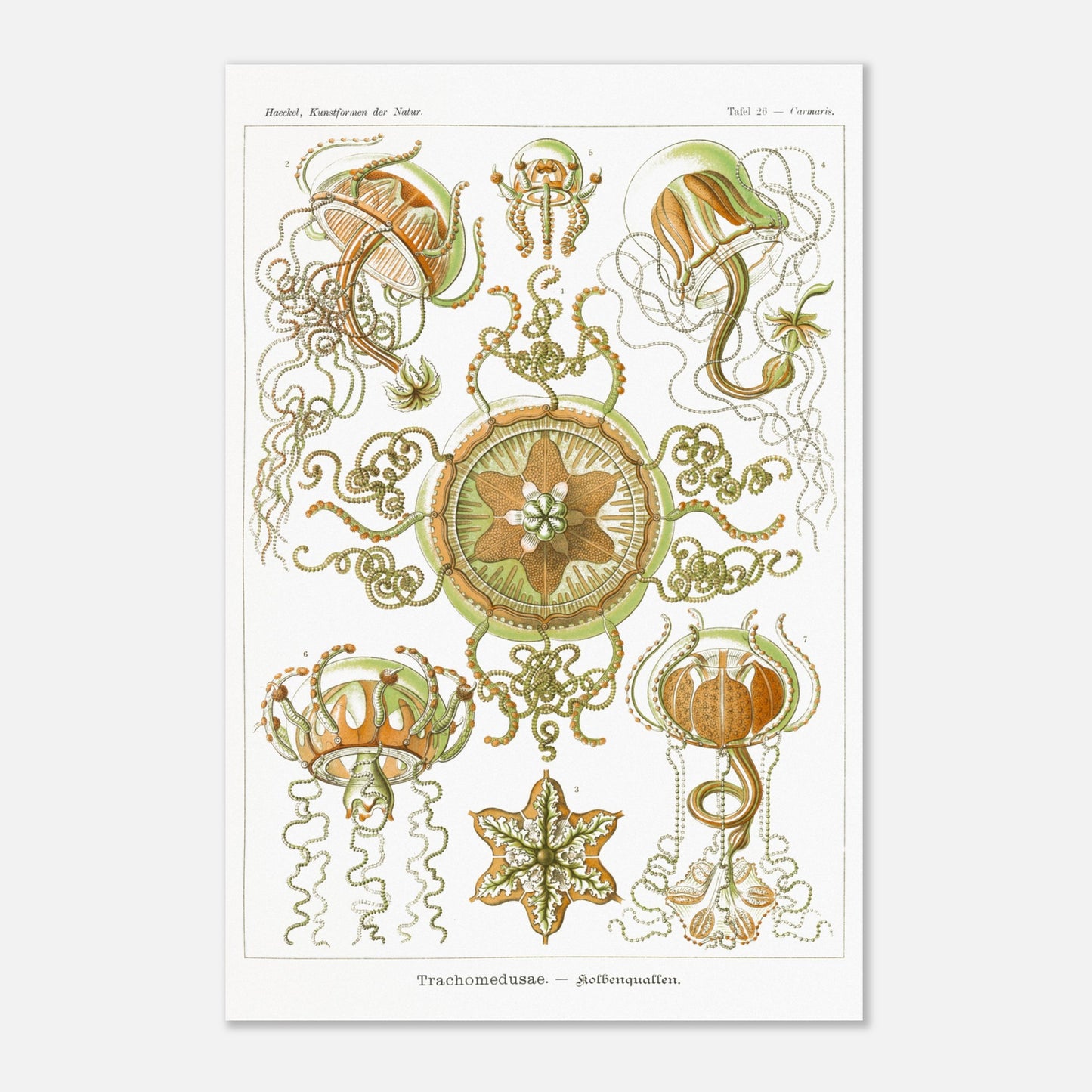
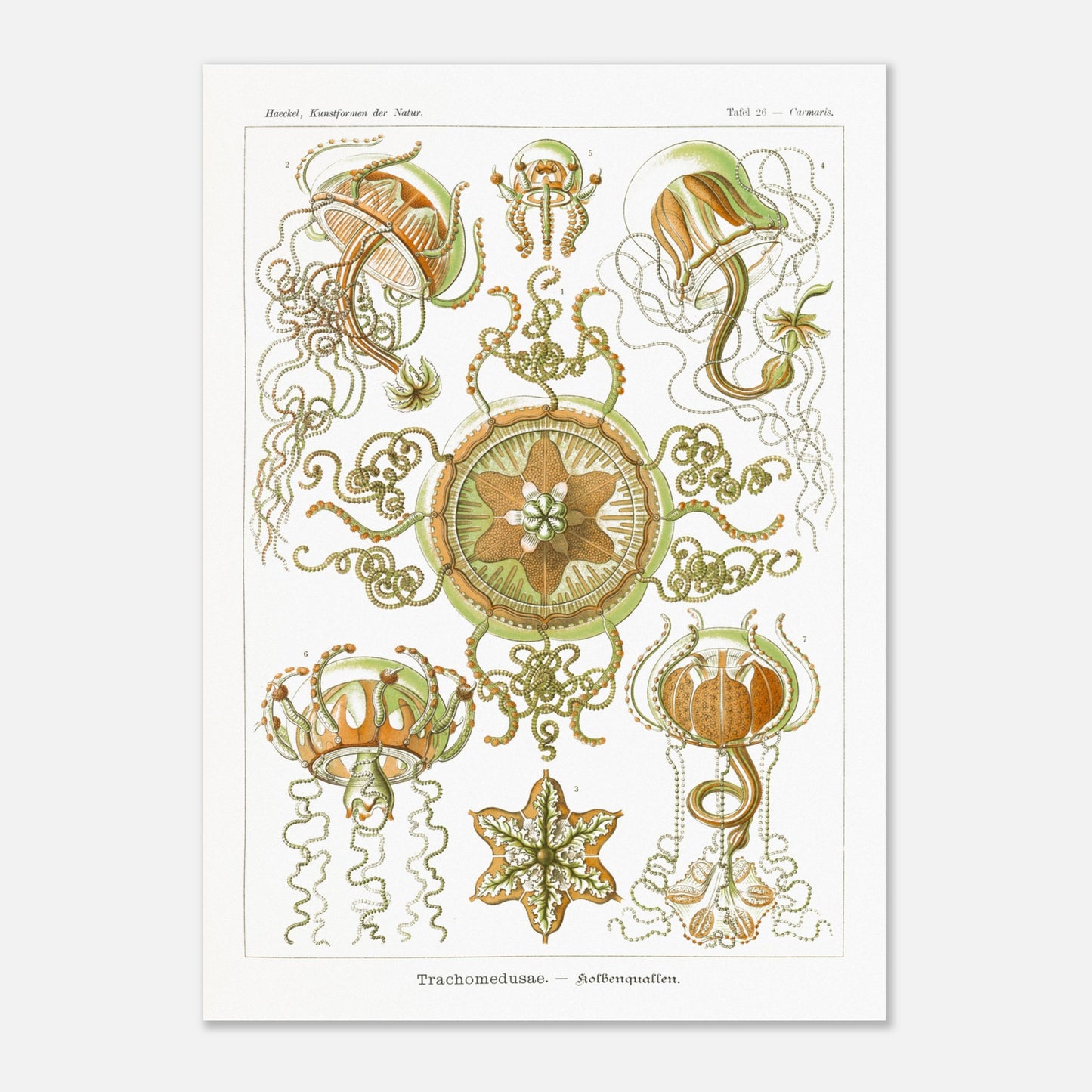
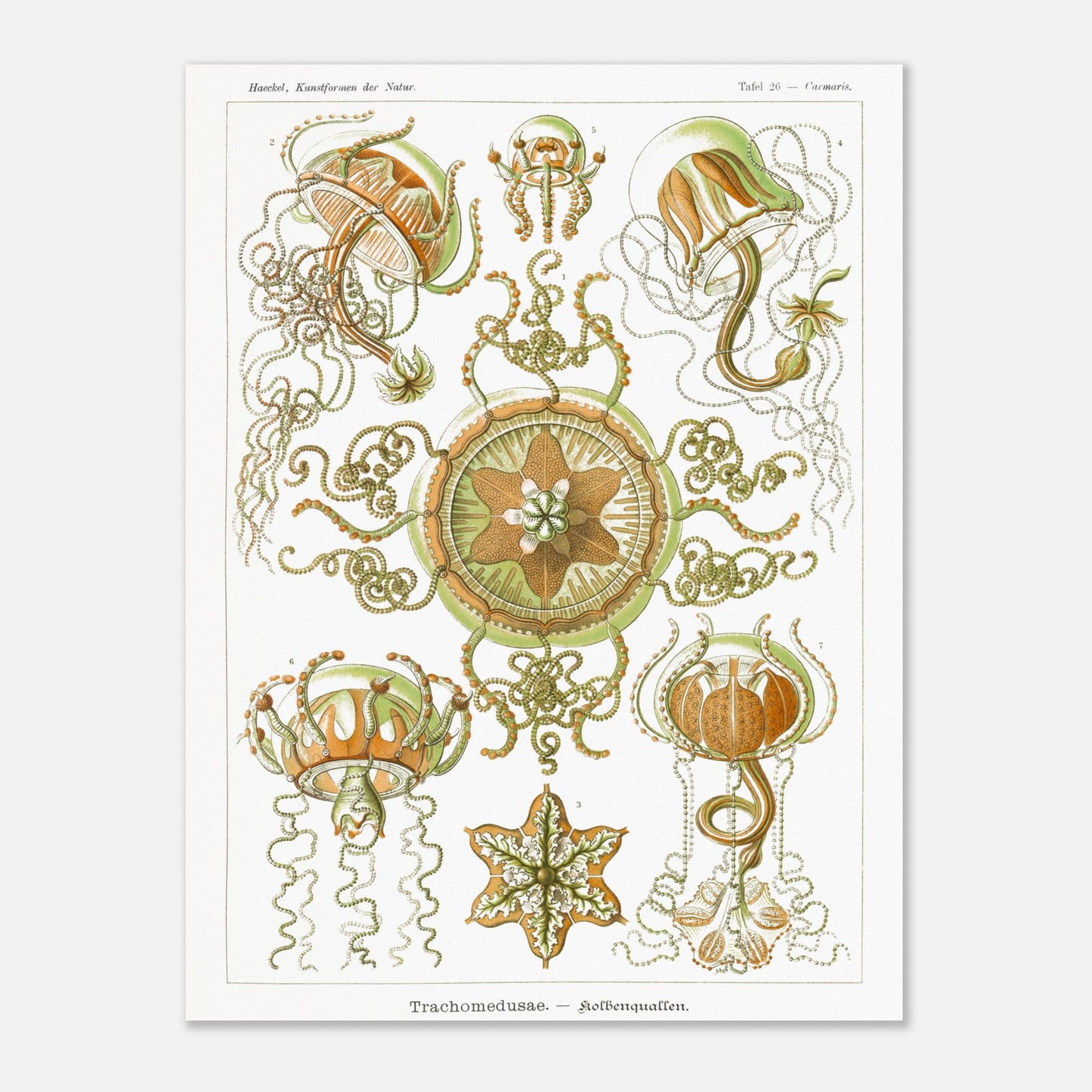
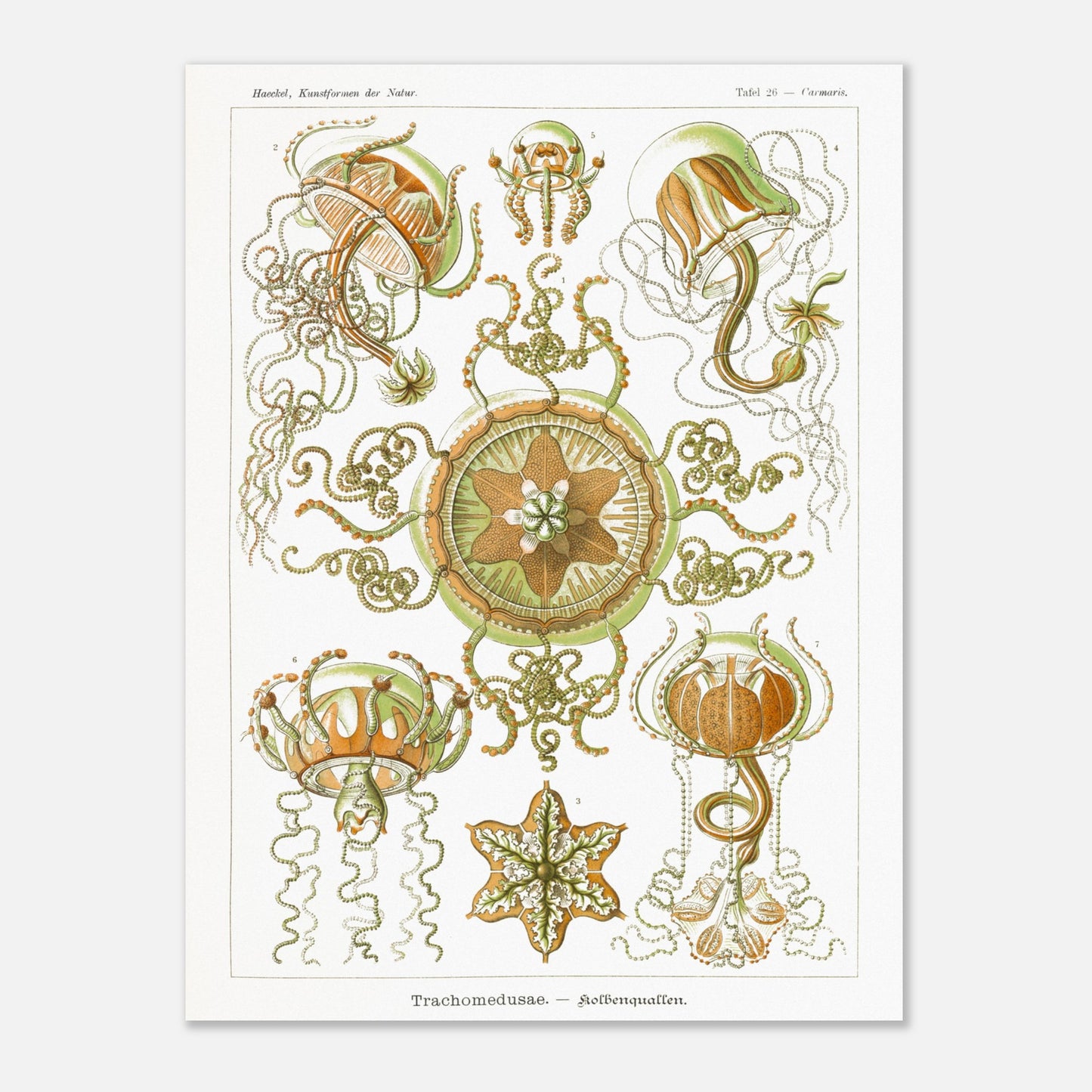
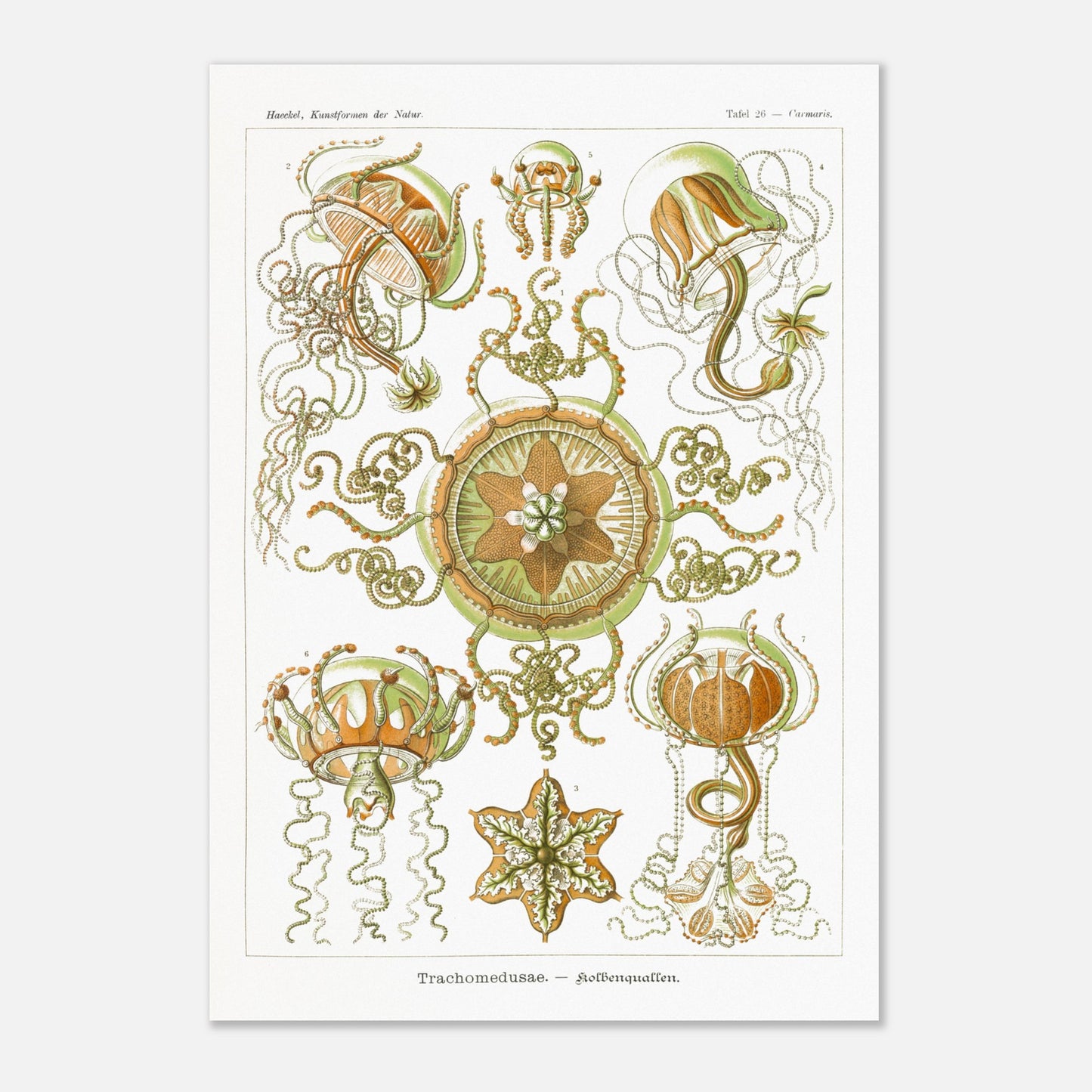
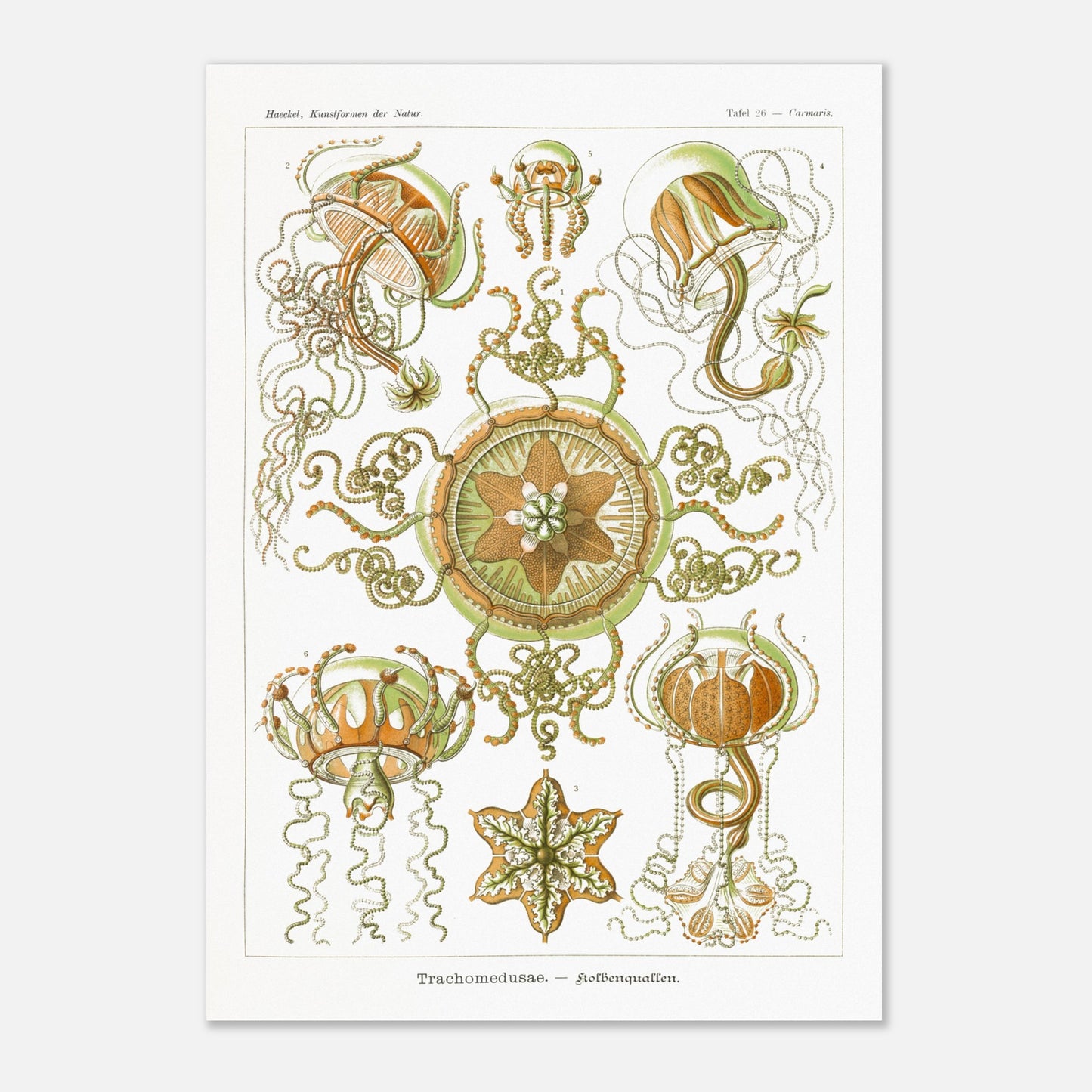
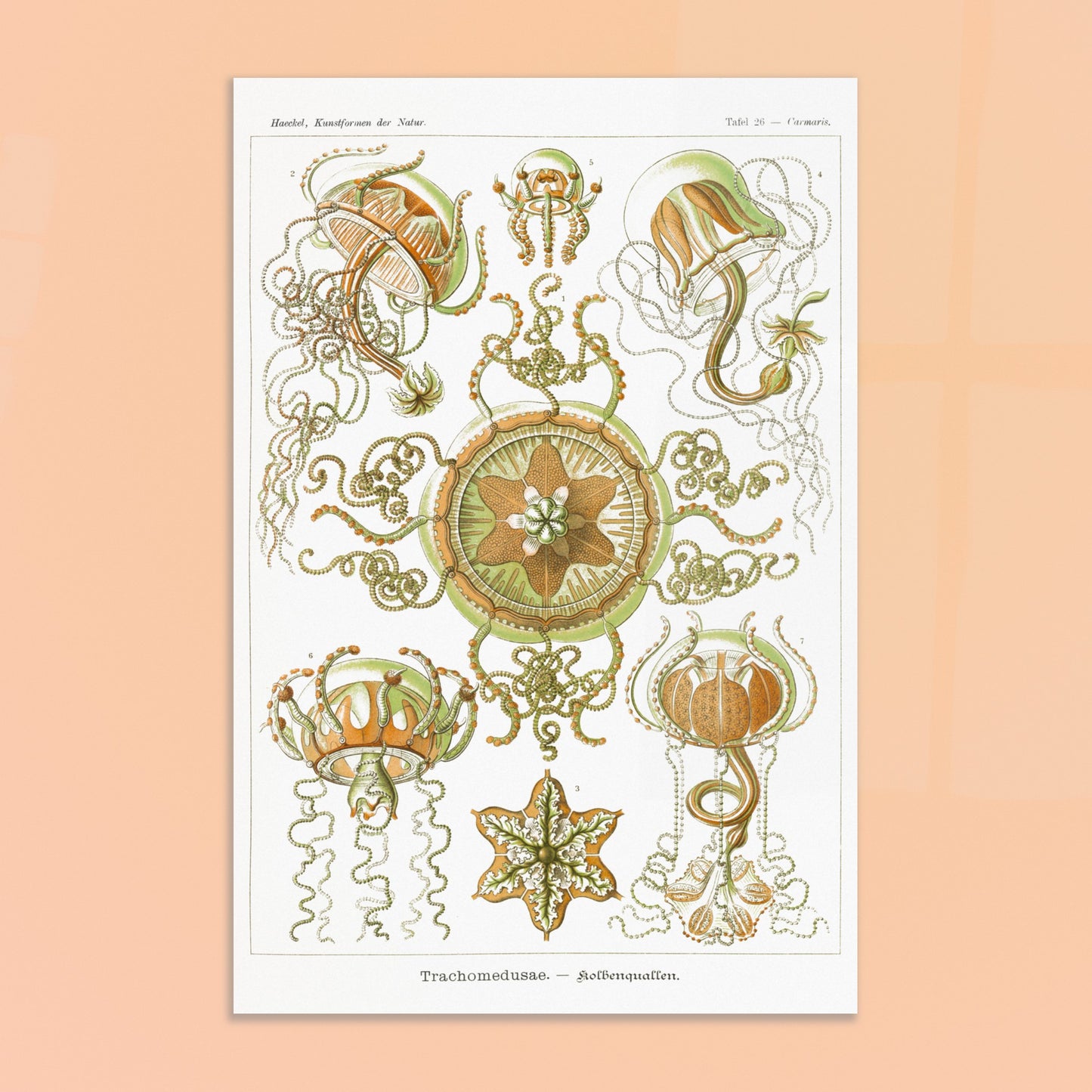
We are listening to you
If you are looking for a specific composition, a particular layout, or any other customization need, our team is at your disposal and will do everything possible to meet your requests.
So don't hesitate to...




